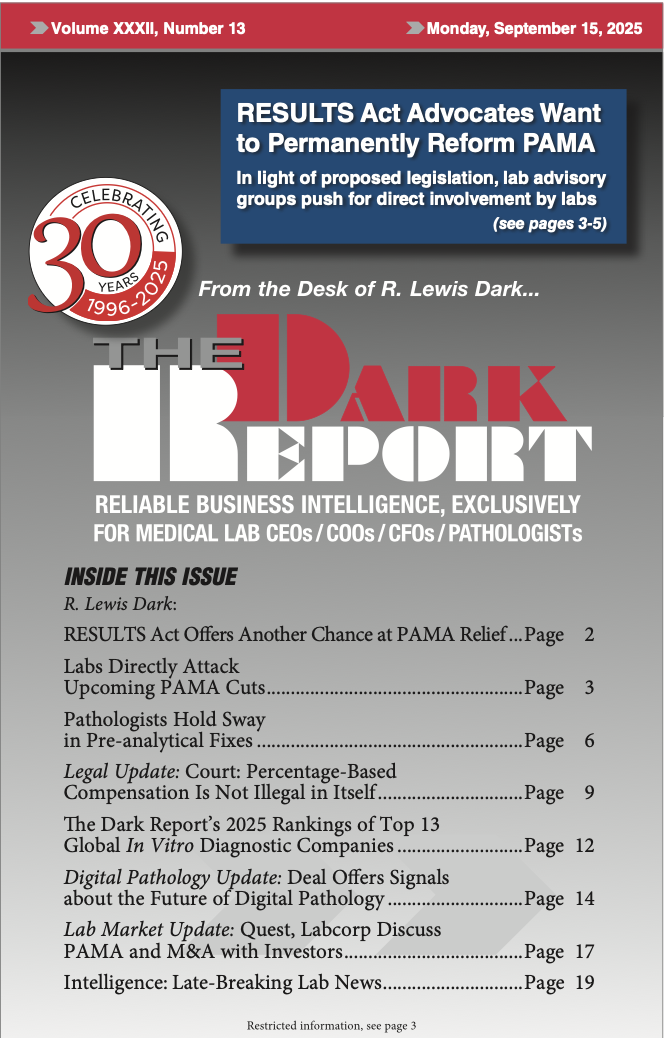TAG:
Histology
Histology
Histology is a branch of anatomy that deals with the study structure of animal and plant tissues that is only discernible with a microscope. It is also called microscopic anatomy, as opposed to gross anatomy, which involves structures that can be observed with the naked eye. The word “histology” is derived from two Greek words: histo, which means “tissue,” and logos, which means “study.”
Histopathology, the microscopic study of diseased tissue, is an important tool used in anatomical pathology, as accurate diagnosis of cancer and other diseases usually requires histopathological examination of samples.
Histological studies are often carried out by examining a thin slice (called a “section”) of tissue under a light microscope or an electron microscope on a prepared slide.
In order to distinguish different biological structures more easily and accurately, histological stains are often used to add colors to, or enhance the colors of, certain types of biological structures to allow them to be more easily differentiated from other types of structures. Staining is employed because biological tissue has little inherent contrast when observed using either light or electron microscopes.
Trained physicians, frequently licensed clinical pathologists, are the personnel who actually perform histopathological examinations and provide diagnostic information based on their observations of the tissues being tested.
The trained personnel who prepare histological specimens for examination may go by a number of titles, including:
- Histotechnician
- Histology technician (HT)
- Histology technologists (HTL)
- Medical scientists
- Medical laboratory technician
- Biomedical scientist
Their field of study is called histotechnology.
Histology has seen recent changes as technological advances in automation have influenced the field. Automation allows for the reduction of the workload of manual task needed to prepare and track histology specimens. Artificial intelligence also is playing a growing role in supporting the analysis of sections, supporting anatomic pathologists during their examinations of samples.
Bi-Annual Look at Trends Reshaping Clinical Labs
By Robert Michel | From the Volume XII No. 2 – January 24, 2005 Issue
CEO SUMMARY: Among other things, we declare the end to the heyday of the independent commercial lab company which offers a broad test menu to all types of office-based physicians. In its place springs forth the specialty or niche testing laboratory. Small and focused on a specific number …
Change Beneath Surface Marks 2004 Lab Stories
By Robert Michel | From the Volume XI No. 17 – December 13, 2004 Issue
CEO SUMMARY: Presented here are THE DARK REPORT’S “Ten Biggest Lab Stories of 2004.” These are the events we consider most important to the lab industry during the year. However, in contrast to past years, 2004 lacked the types of blockbuster events which radically change and reshap…
Big Seattle Med Center Adopts “Lean” Methods
By Robert Michel | From the Volume XI No. 16 – November 22, 2004 Issue
CEO SUMMARY: Laboratory and pathology services at Virginia Mason Medical Center are an integral part of its hospital-wide Lean quality management initiative. Because of the importance of lab test data to so many clinical services, the laboratory often finds itself making key contributions…
Aligning Pathologist Productivity With Compensation Can Be Challenging
By Robert Michel | From the Volume XI No. 15 – November 1, 2004 Issue
“Growing interest in ways to link a pathologist’s productivity to his/her compensation makes this a widely-discussed topic within many pathology group practices.” –Dennis Padget CEO SUMMARY: Part Three continues THE DARK REPORT’S series on meas…
How Local Path Groups Can Keep Patient Access
By Robert Michel | From the Volume XI No.13 – September 20, 2004 Issue
CEO SUMMARY: For pathology groups operating their own histology and cytology labs, a growing problem is access to patients covered by exclusive managed care contracts. In the Northeast, several persistent pathology group practices are using some effective business strategies to fight this…
TriPath Imaging and Ventana Sign Major Development Pact
By Robert Michel | From the Volume XI No.13 – September 20, 2004 Issue
IF THE NEW BUSINESS AGREEMENT between Ventana Medical Systems, Inc. and TriPath Imaging, Inc. is successful, then the anatomic pathology laboratory may have a very different look in future years. Last week, Ventana Medical Systems, Inc. announced a …
Pathology Consultants See In-House AP Trend Unfolding
By Robert Michel | From the Volume XI No. 11 – August 9, 2004 Issue
LOCAL PATHOLOGY GROUP PRACTICES are themselves the “canary in the coal mine” to provide early warning about the exploding interest of specialist physicians at capturing the anatomic pathology (AP) revenues generated by their patients. THE DARK REPORT interviewed three consultants, each of whom s…
Changing Economics Motivate Urologists & GIs
By Robert Michel | From the Volume XI No. 10 – July 19, 2004 Issue
CEO SUMMARY: Over the past 18 months, more specialist groups have created their own anatomic pathology laboratories than were created in the past five years. It’s a gold rush to tap and capture profits generated by the anatomic pathology services provided to their patient populations. T…
AmeriPath Reports on 2003, Its First Year as a Private Firm
By Robert Michel | From the Volume XI No. 5 – April 5, 2004 Issue
WILL BUSINESS BE BETTER for AmeriPath, Inc. as a private company than it was as a publicly-traded firm? Its 2003 financial report indicates some interesting challenges, many common to all laboratories. First, a look at basic numbers. AmeriPath’s net revenues grew from $478.8 milli…
New Competitors Line Up In Oncology Marketplace
By Robert Michel | From the Volume XI No. 4 – March 15, 2004 Issue
CEO SUMMARY: Local pathology groups are advised to more closely track developments in the national market for oncology testing. Not only is big money targeting cancer testing, but a number of nimble, entrepreneurial start-up companies have begun to compete for specimens. Genzyme’s acqui…
CURRENT ISSUE

Volume XXXII, No. 13 – September 15, 2025
The Dark Report examines a new bill that would reform PAMA and avoid reimbursement rate cuts scheduled for January 2026. Clinical laboratory leaders are urged to make their voices heard in Congress. Also, an expert describes how labs can fix pre-analytical errors and avoid disaster.
See the full table of contentsHow Much Laboratory Business Intelligence Have You Missed?
Lab leaders rely on THE DARK REPORT for actionable intelligence on important developments in the business of laboratory testing. Maximize the money you make-and the money you keep! Best of all, it is released every three weeks!
Sign up for TDR Insider
Join the Dark Intelligence Group FREE and get TDR Insider FREE!
Never miss a single update on the issues that matter to you and your business.
Topics
- Anatomic Pathology
- Clinical Chemistry
- Clinical Laboratory
- Clinical Laboratory Trends
- Digital Pathology
- Genetic Testing
- In Vitro Diagnostics
- IVD/Lab Informatics
- Lab Intelligence
- Lab Marketplace
- Lab Risk & Compliance
- Laboratory Automation
- Laboratory Billing
- Laboratory Compliance
- Laboratory Equipment
- Laboratory Information Systems
- Laboratory Management
- Lean Six Sigma
- Managed Care Contracts
- Molecular Diagnostics
- Pathology Trends
- People
- Uncategorized

